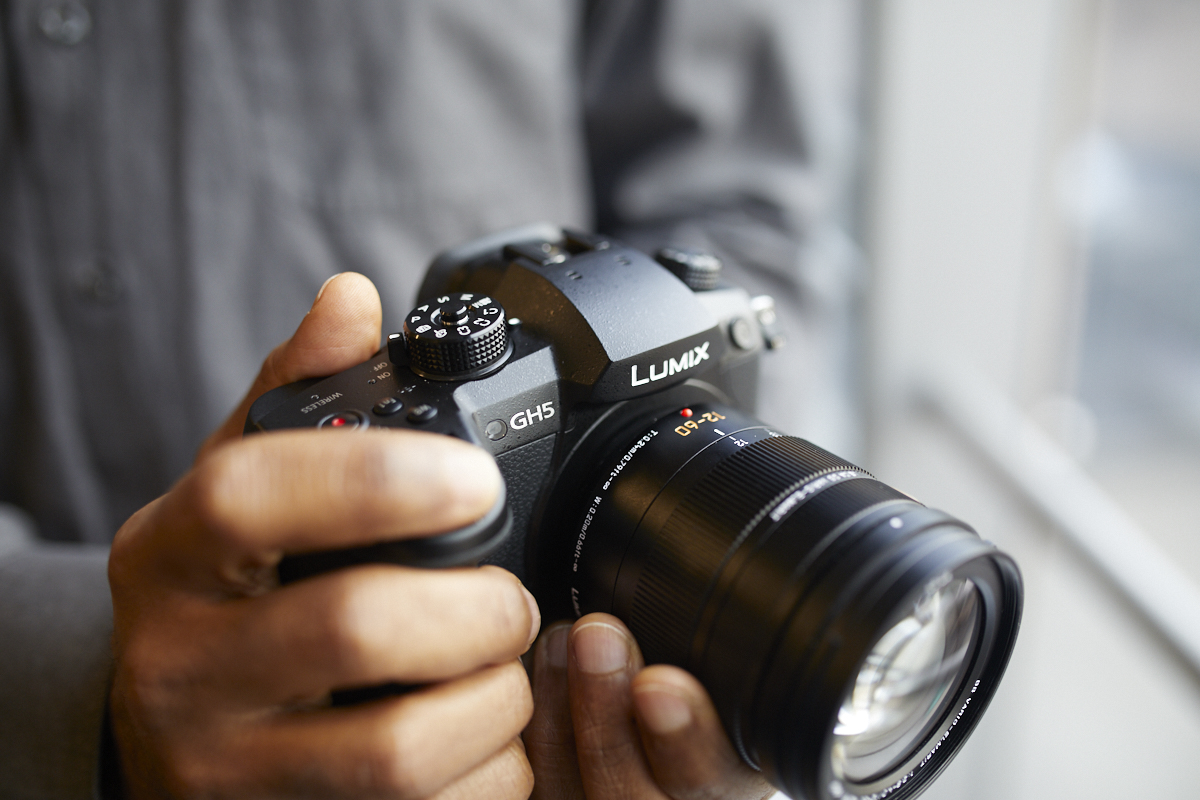What are the basics? The essential lenses that every Micro Four Thirds Photographer could use to create their art?
Photography is a wonderful thing; pick up any camera and any lens and with that you can capture the world, for just a moment, to be preserved as long as the medium which holds it survives. It is a timeless, though under appreciated, a gift to the future. But if you are new to photography, or maybe just new to having a dedicated camera (upgraded from your smartphone, for example), you may be wondering what lenses you need for your new Panasonic or Olympus camera.
Well, it’s just your luck this post is all about that; the essential lenses for your Micro Four Thirds system camera. So, if you’re ready, let’s jump on into it…
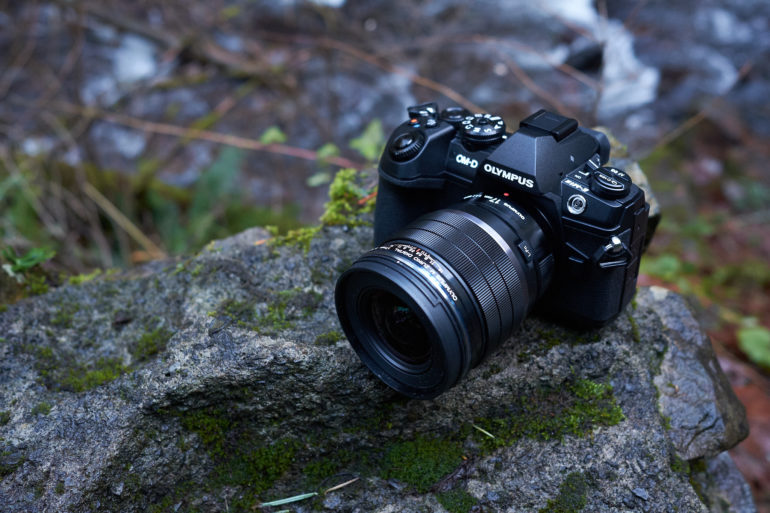
The biggest rule of photography is that there are no rules. As long as you have captured the image you were attempting to capture, then you did it right – regardless of what some mouth breather screams at you through the clanking of his keyboard echoing off the walls of his mother’s basement. So take the following list of ‘essential’ lenses as some suggestions, because there are many many options out there that you could use to create your art and pursue your passion. These are essential only in that most photographers will find a good use for them in their work.
OK, so with that disclaimer out of the way, let’s get going on this look at the essential lenses that virtually every Panasonic/Olympus photographer should have.
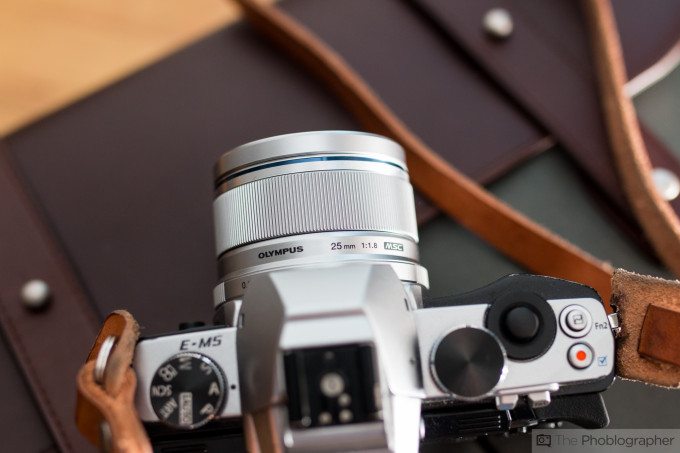
Olympus 25mm F1.8
Yes, if you know anything about photography then this lens being at the number one spot will likely not be a surprise. 50mm lenses are among the most versatile focal lengths commonly available to your average photographer, and on the Micro Four Thirds system 25mm is a 50mm full frame equivalent lens thanks to the inherent 2x crop factor (based on the 35mm spectrum). This lens is affordable, has great image quality and makes an excellent companion to any micro four thirds kit. Alternatively, the [amazon_textlink asin=’B06XC8PTB4′ text=’Olympus 25mm F1.2 Pro’ template=’ProductLink’ store=’thephobl-20′ marketplace=’US’ link_id=’28017e83-2d20-11e8-8d9d-9720c87fb36f’] is also highly recommended if you have the budget for it.
[amazon_textlink asin=’B00HWMP0XG’ text=’Get an Olympus 25mm F1.8′ template=’ProductLink’ store=’thephobl-20′ marketplace=’US’ link_id=’f0d5ee6a-2d22-11e8-88fa-a1012938f532′] (Read our Review)

Olympus 45mm F1.8
85mm is also a hugely popular lens for photographers in general, and with that x2 crop factor previously mentioned, the closest thing to a traditional 85mm lens for Micro Four Thirds is a 45mm lens. The Olympus 45mm F1.8, like the 25mm, is an excellent value and offers a good cost to performance ratio. However, as noted with the 25mm, the [amazon_textlink asin=’B0767NDXY5′ text=’45mm F1.2 PRO’ template=’ProductLink’ store=’thephobl-20′ marketplace=’US’ link_id=’b9160cef-2d25-11e8-b5de-b50e27805479′] is our recommendation if you have the budget for it.
[amazon_textlink asin=’B00CPLQ7GI’ text=’Get an Olympus 45mm F1.8′ template=’ProductLink’ store=’thephobl-20′ marketplace=’US’ link_id=’db21df07-2d25-11e8-afad-11783d7efe7c’] (Read our Review)
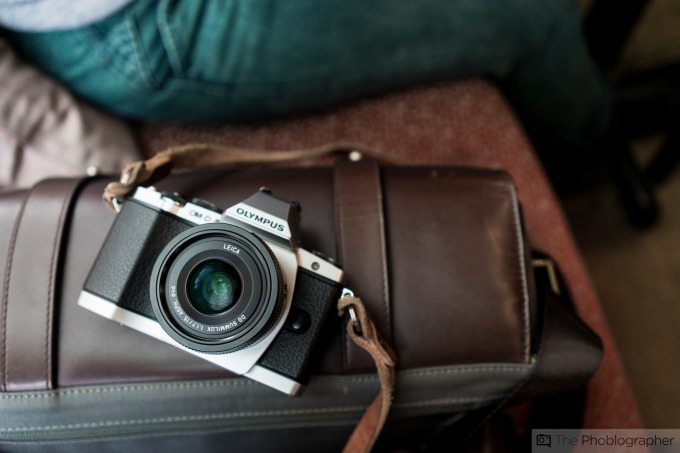
Panasonic/Leica 15mm F1.7
We love ourselves a good 35mm lens, and in the Micro Four Thirds system one of our favorites that is intended to act along those lines is the Panasonic/Leica 15mm F1.7. It is a decent value proposition and you get to pat yourself on the back for owning something with that Leica branding without having to sell your home or use your car for collateral. Similarly to the previous suggestions, the [amazon_textlink asin=’B0767MMV1Q’ text=’Olympus 17mm F1.2 PRO’ template=’ProductLink’ store=’thephobl-20′ marketplace=’US’ link_id=’9596df7f-2d26-11e8-b0f9-5f2934689337′] is also another good alternative here if you have the budget.
[amazon_textlink asin=’B00J8H7H48′ text=’Get a Panasonic 15mm F1.7′ template=’ProductLink’ store=’thephobl-20′ marketplace=’US’ link_id=’4491084a-2d27-11e8-a50e-57a4faf16713′] (Read our Review)
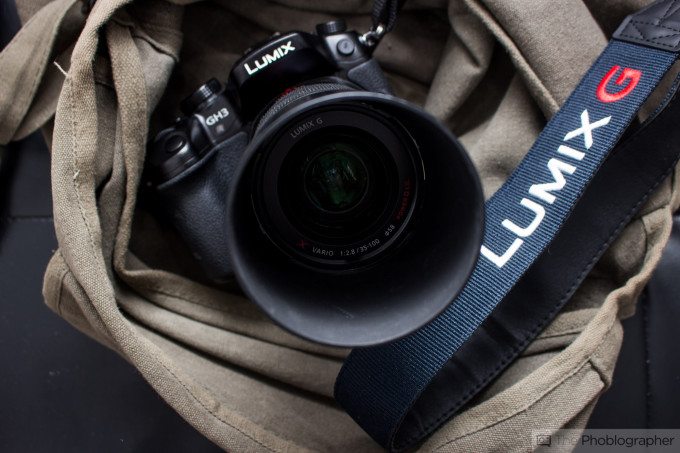
Panasonic 35-100mm F2.8
Featuring a 35mm-equivilant focal range of 70-200mm, the Panasonic 35-100mm F2.8 is relatively small and light weight compared to any 35mm 70-200mm lens you have ever used. But it also offers great performance and is an excellent choice for those looking for some telephoto flexibility in their Micro Four thirds Kit.
[amazon_textlink asin=’B009CNILX4′ text=’Get a Panasonic 35-100mm F2.8′ template=’ProductLink’ store=’thephobl-20′ marketplace=’US’ link_id=’2418e3f9-2d29-11e8-8651-716c125c65a5′] (Read our Review)
—
So, there you have it, our picks for the essential lenses for every Micro Four Thirds (Olympus/Panasonic) photographer. Depending on your specialty you could add or subtract options on this list, for example, a sports photographer likely has little use for the 15mm lens, but has a ton of use for a 200mm+ prime. Alternatively, a wedding or portrait photographer may find this list to be pretty dead on. Landscape or Architectural photographers may want some more width, but the point here is that this is a fairly solid starting point for most photographers.
The moral of the story is to know what you want to shoot and let that guide your decisions when it comes to lens purchases. It makes no sense to go out and buy a lens that you are never going to use, or never going to use to its full potential. So think about what you want, why you want it, why you need it, and how you will use it. If you can’t come up with an answer for each of those questions then chances are you don’t need that lens.
Now go forth and enjoy that new Panasonic or Olympus kit of yours.


